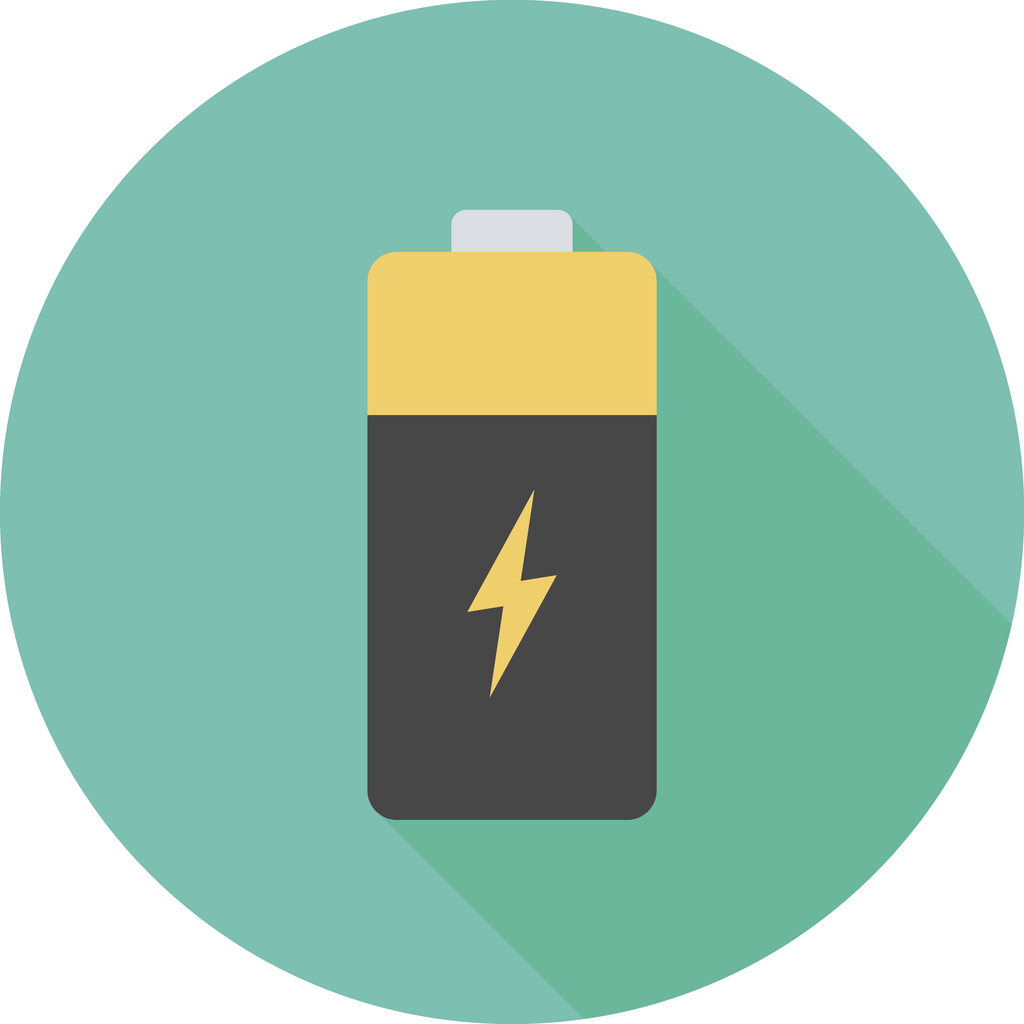 Like all things, batteries have a finite lifespan. As batteries get older and efficiency decreases, they enter what researchers call “capacity fade,” which occurs when the amount of charge your battery could once hold begins to decrease with repeated use.
Like all things, batteries have a finite lifespan. As batteries get older and efficiency decreases, they enter what researchers call “capacity fade,” which occurs when the amount of charge your battery could once hold begins to decrease with repeated use.
But what if researchers could reduce this capacity fade?
That’s what researchers from Argonne National Laboratory are aiming to do, as demonstrated in their open access paper, “Transition Metal Dissolution, Ion Migration, Electrocatalytic Reduction and Capacity Loss in Lithium-Ion Full Cells,” which was recently published in the Journal of The Electrochemical Society.
The capacity of a lithium-ion battery directly correlates to the amount of lithium ions that can be shuttled back and forth as the device is charged and discharged. Transition metal ions make this shuttling possible, but as the battery is cycled, some of those ions get stripped out of the cathode material and end up at the battery’s anode.
This from Argonne National Laboratroy:
Once near the anode, these metal ions interact with a region of the battery called the solid-electrolyte interphase, which forms because of reactions between the highly reactive anode and the liquid electrolyte that carries the lithium ions back and forth. For every electrolyte molecule that reacts and becomes decomposed in a process called reduction, a lithium ion becomes trapped in the interphase. As more and more lithium gets trapped, the capacity of the battery diminishes.
Some molecules in this interphase are incompletely reduced, meaning that they can accept more electrons and tie up even more lithium ions. These molecules are like tinder, awaiting a spark.
When the manganese ions become deposited into this interphase they act like a spark igniting the tinder: these ions are efficient at catalyzing reactions with the incompletely reduced molecules, trapping more lithium ions in the process.
“There’s a strict correlation between the amount of manganese that makes its way to the anode and the amount of lithium that gets trapped,” says Daniel Abraham, ECS member and co-author of the study. “Now that we know the mechanisms behind the trapping of lithium ions and the capacity fade, we can find methods to solve the problem.”


